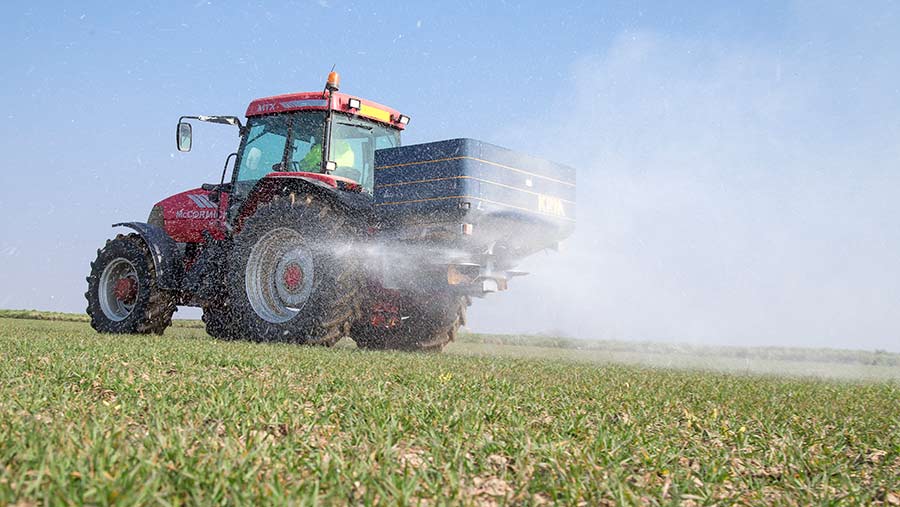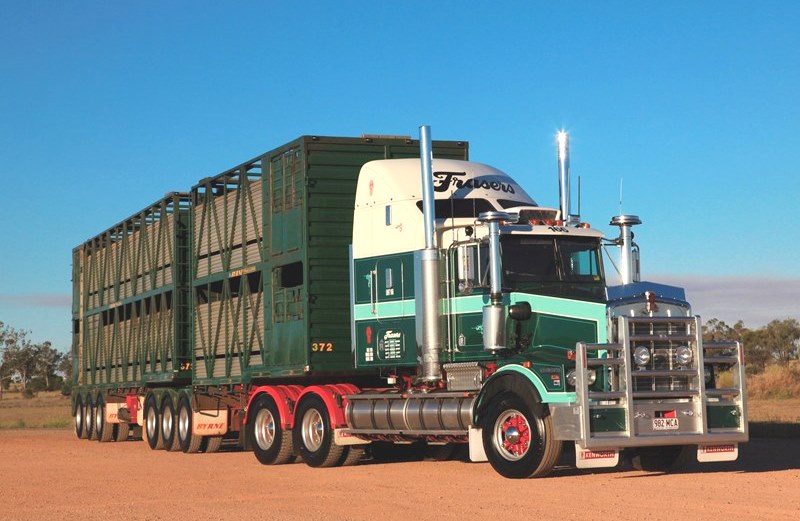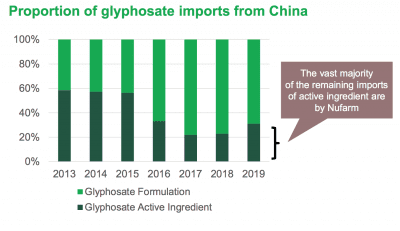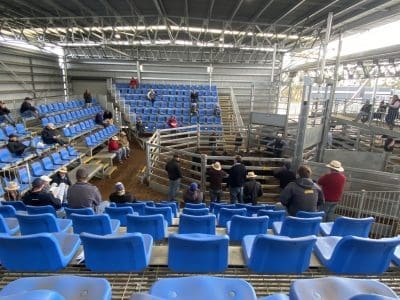Key points:
- COVID-19 catalyst for accelerated ag technology uptake
- Pandemic provides food security wake up call
- Attention turns to domestic manufacturing opportunities

AS restrictions start to ease and people look forward to life returning to normal, attentions are turning to what Australian agriculture might look like post-COVID-19.
While the extent of the economic impact is yet to play out, other changes ushered in over recent months are set to remain long after lockdowns are finally relaxed.
And many are positive, ranging from the accelerated uptake of technology driven by social distancing and work-from-home requirements, to the renewed focus the pandemic has brought on food security and the need for a strong Australian agricultural sector.
Attention turns to domestic manufacturing
Financial consultancy Deloitte says COVID-19 has clearly exposed supply chain weaknesses in a globalised world, which has reinforced the need for more domestic manufacturing.
“Australian farmers may seek greater certainty of supply for inputs such as fertiliser, and this could provide a catalyst for the development of a competitive Australian fertiliser production sector,” it said in a recent COVID-19 analysis.
Nufarm, which has fertiliser manufacturing plants servicing the east and west coast, also recently drew attention to how reliant Australia has become on China for cropping inputs.
Five years ago, almost 60 percent of glyphosate imports were technical ingredient formulated in-Australia to supply herbicides for the domestic market, it said in a recent presentation.
However, Chinese producers were now more incentivised to export fully formulated products. This has led to a decline in Australian formulation and increased domestic reliance on Chinese producers (see chart).
“We know supply security is a broader issue that is also on the minds of government,” Nufarm Australia and New Zealand general manager, Peter O’Keefe, told the virtual PAC Partners Agfood Conference on April 29.
“As a nation, Australia has lost a lot of domestic manufacturing over the past few decades, largely because we are a small market and struggle to compete without scale and access to competitively priced energy and labour.
“Clearly, inputs such as crop protection and fertiliser are essential to support domestic food production and agricultural exports…
“Australian farmers compete in open, global markets and they need competitive input prices.
“We are confident Nufarm can continue to compete against imported product, so long as there is a level playing field, and so long as we retain the support of local farmers and channel partners.”
Technology uptake
Rapid digitisation has been a pronounced trend, with widespread movement restrictions fast-tracking the uptake of online selling options for livestock and rural property.
A socially distanced buying gallery at a Mortlake store sale in April, where competition was enhanced through live online bidding via the Auctionsplus platform.
AuctionsPlus recorded its largest ever sale ‘yardings’ during the lockdown period, while new online services enabling outside buyers to remotely place live bids at physical livestock auctions and stud stock sales were also successfully trialled and launched.
Not so long ago “Zoom” was something a Mazda car did, according to the advertising at least.
In just a few months the term has become shorthand for the various forms of video conferencing and digital connectivity that have become a regular part of life – where internet services support it – due to social distancing and work-from-home requirements.
Now it has been forced into mainstream use it seems likely online conferencing and virtual meetings will remain after restrictions are relaxed as people seek to retain more flexible work arrangements, and save on time, travel and accommodation costs.
But nor has the experience spelled the death of work ‘old school’ face-to-face meetings – if anything it has reinforced how valuable they are.
The limited nature of video meetings has demonstrated there is still no substitute for the detailed, information rich interactions that come from meeting in person.
Red Meat Advisory Council chair Don Mackay said there was no question more industry meetings, particularly those dealing with procedural matters, would be held remotely in future to save costs, but face to face meetings will continue to remain essential in many cases.
 “There are times in face to face gatherings where you can sit and chew things over and have discussions that you don’t have in a formal setting,” he said.
“There are times in face to face gatherings where you can sit and chew things over and have discussions that you don’t have in a formal setting,” he said.
“I think there will be a combination.
“This will change a number of things reasonably permanently for the better, and getting that blend right will be the challenge.
“But humans are social animals. Lack of social interaction is not a good thing on a permanent basis, face to face meetings will become important again.”
The drastic reduction in air services during the pandemic has also served as a catalyst for the Federal Government to back Australian grain industry calls to replace inefficient paper-based certification for grain exports with faster electronic documentation, an efficiency gain many hope will stay in place after COVID restrictions subside.
Renewed focus on food security
Indeed that highlights perhaps the most critical of all legacies of the COVID-19 event –the wake-up call it has delivered to both the public and Governments that food security and agriculture are a key component of national security and ensuring social harmony.
The panic buying that cleared supermarket shelves of staples like toilet paper, pasta and red meat and pharmacies of vital medications, access to which Australians had previously taken for granted, was a rude awakening for many, exposing Australia’s lack of local manufacturing and precarious dependence as an island nation on imported products.
Australia is required by legislation to carry a minimum 90 day reserve of fuel, but decades of apparent complacency have seen those reserves shrink to less than 30 days of actual supply, placing the country within a month of grinding to a halt in the event of a major international supply shock.
 The Federal Government has acknowledged the vulnerability by using the COVID-19-driven plunge in global oil prices to start rebuilding Australia’s critical reserves.
The Federal Government has acknowledged the vulnerability by using the COVID-19-driven plunge in global oil prices to start rebuilding Australia’s critical reserves.
Having seen the public unrest that occurred over toilet paper shortages, Governments are waking up to what would happen if Australia ran out of food, an alarming reality countries such as the United States are still facing in terms of the threat COVID-19 forced abattoir closures present to meat supply.
Conversations with agricultural industry leaders in recent weeks suggest there has been a distinct change in Government attitudes and a newfound urgency in dealing with long-standing but previously ignored industry calls for action to cut unnecessary supply chain costs to further bolster Australia’s agriculture sector and food security.
Issues highlighted by the red meat industry for action during and post the pandemic include a single national rule book for regulation of the Australian red meat and livestock industry, consolidation and digitalisation of supply chain traceability and quality assurance programs, a national sheep supply project and properly addressing national connectivity services and infrastructure through renewed regional telecommunications programs. (See more the Australian red meat and livestock industry’s 8 point action plan for action as a result of COVID-19)



HAVE YOUR SAY